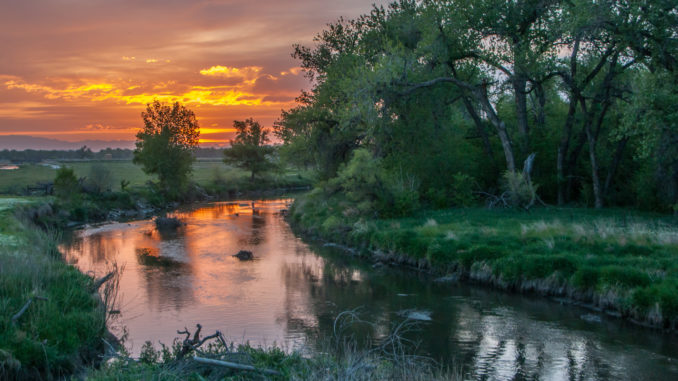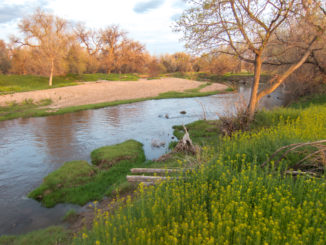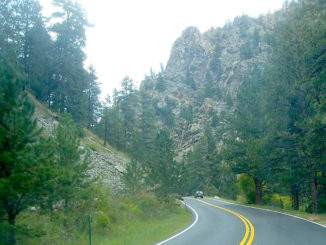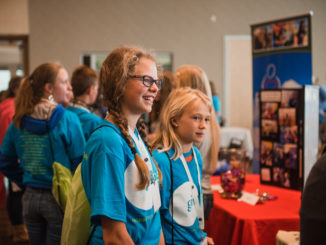
Gary Raham
[email protected]
Colorado photographer John Fielder takes photographs of nature for a living. He does it so well that his books grace our homes and inspire people to visit our state. (See https://www.johnfielder.com/product-category/workshops/) It’s not surprising that water often reflects much of the natural majesty we admire. Without that critical resource, everything dies.
The Poudre River gives us life in Larimer County as it trickles from headwaters in Rocky Mountain National Park through Roosevelt National Forest, tumbles through Poudre Canyon, and eventually flows into the South Platte east of Greeley. John Fielder has adopted the Poudre (as a member of savethepoudre.org) as something worth saving—not as a static, if beautiful, image, but as a hard-working renewable resource that will endure to keep Northern Colorado green for generations to come.
But water is a fightin’ word in these parts. In fact, people fight over water nearly everywhere, because the more human population grows, the more we need to understand the role water plays in keeping everything alive and functioning—including, but not limited to, us.
To the credit of many in this community, different factions that use the Poudre have been meeting and talking about the issues for the past five years at the Annual Poudre River Forum. (See www.prti.colostate.edu for details.) These discussions sometimes involve a project called NISP (an acronym for Northern Integrated Supply Project) (see http://www.northernwater.org/sf/WaterProjects/NISP) that has been in the works for a decade.
Fielder—and many others—don’t like NISP, which would create large reservoirs to the north of Fort Collins and decrease the overall flow of water down the river. Others, including prospective users of water gleaned by NISP, and Colorado Department of Fish and Wildlife that has invested much time and effort into exploring its value, think NISP can keep the Poudre a working river without destroying it. Some entities, like the City of Fort Collins, have proposed modifying NISP.
It’s worth knowing more about what this particular water fight is all about. To that end, a series of articles in the North Forty News will explore some of the issues surrounding the use of water in the Poudre, supplemented with John Fielder’s stunning images, in order to visualize what’s at stake, as Northern Colorado continues to grow with human residents and admirers.
The goal will NOT be to have a debate, because debates imply that there will be a winner and a loser. We prefer to have a DISCUSSION that will be a learning experience for all involved, so that we can all be water winners by choosing the best ways to preserve and protect the vital, working river that keeps us all alive.
Subsequent articles will address three questions:
What does a healthy, working Poudre do, and for whom? This article will examine human stakeholders and also the communities of other living things that build the ecological infrastructure we all depend on.
How can we be “water wise” in Northern Colorado? This article will compare NISP and its variations with other possible solutions.
What can you and I do to keep the Poudre healthy? This article will look at personal and public action plans to optimize healthy and sustainable use of the Poudre.
Stay in touch as we explore this vital issue.
Support Northern Colorado Journalism
Show your support for North Forty News by helping us produce more content. It's a kind and simple gesture that will help us continue to bring more content to you.
BONUS - Donors get a link in their receipt to sign up for our once-per-week instant text messaging alert. Get your e-copy of North Forty News the moment it is released!
Click to Donate




What a beautiful photo! And what an important series this is!
Thank you, John Fielder! Thank you, North Forty News!
Oops—and thank you, Gary Raham! How great to have this issue looked at in depth by a writer with a solid and unbiased scientific background.